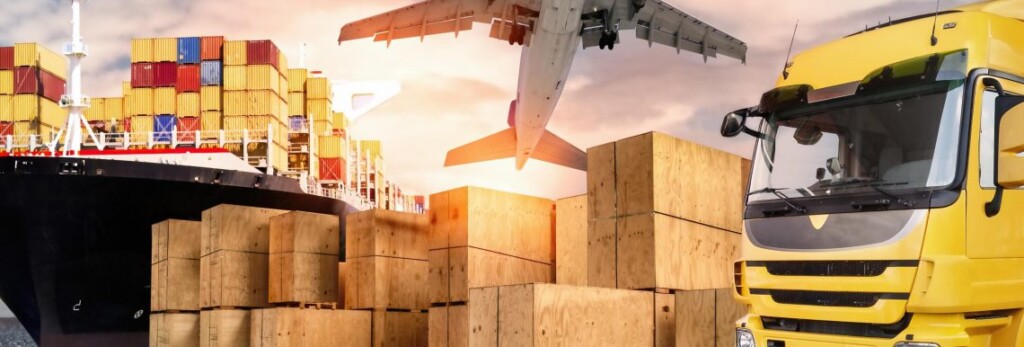
In 2022, we are seeing a growing need to address longstanding issues in transportation that have pre-existed but have been heightened by COVID-19. General issues in transportation have included everything from traffic management, congestion, and long commutes to rising transportation costs, supply chain issues, and lack of meeting the demands of urban mobility. For the purposes of this article, we are going to focus on some of the three largest challenges today—driver shortages, outdated technology and infrastructure, and COVID-19 impacts on transportation.
Driver Shortages:
Truck driver shortages, school bus driver shortages, and city bus driver shortages have intensified in recent years and are still creating a large issue in transportation in 2022. International supply chain disruptions have also gone hand in hand with driver shortages during the pandemic, creating significant economic impacts. In the US in particular, the labor demand is currently surpassing supply. Regulations, pay and labor conditions, driver recruitment and retention, training, infrastructure, and economic trends all have a huge role to play in the driver shortages we are seeing in the transportation industry, nationally and worldwide.
Outdated Technology and Infrastructure:
Obsolete technology and infrastructure are heavily impacting transportation in 2022. A large number of technological innovations are being introduced to the transportation industry, creating a need for disruptive innovation and for industry experts to throw out old systems and learn new ones. The ability to adapt to new and changing technology is presenting as a highly necessary skill in transportation. The call for transparency, data automation, digital platforms, AI, and technology management is sweeping over multimodal transportation.
COVID-19 Impacts:
The pandemic’s impacts on the transportation sector have been monumental, and will likely take the industry many more years for recovery. The lockdown measures have been difficult for the continual operation of transportation networks. Issues have included stopped or reduced operations, fluctuating expenditures, changes in commuting and traveling patterns, training and resources to maintain social distancing efforts, and the need for long-term replanning and investment programs.Transportation avenues have also had to assess the level of exposure of supply chains to COVID-19 risk and try and foresee long-term viability of available networks.
Transportation leaders have had to implement heavy crisis management in the years leading up to the pandemic, during the pandemic, and beyond. Three of the most critical issues in transportation today, driver shortages, outdated technology and infrastructure, and COVID-19 impacts, have been brought about by many environmental, geographical, and socioeconomic factors and influences. In short, they are not going to be solved by transportation workers alone. It will require the collaboration and efforts of many stakeholders, industries, government leaders and officials, industry experts, consumers, and key personnel to work together to implement the innovative, sustainable transportation solutions that we need.
Sources:
https://www.vox.com/22841783/truck-drivers-shortage-supply-chain-pandemic


